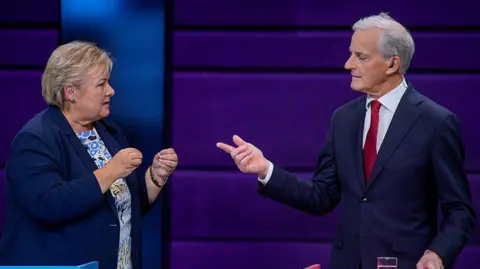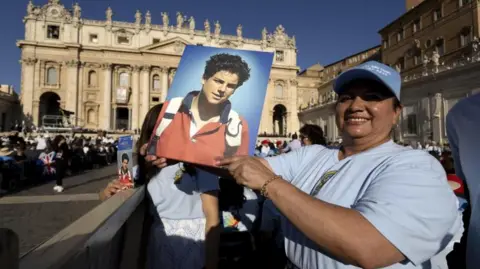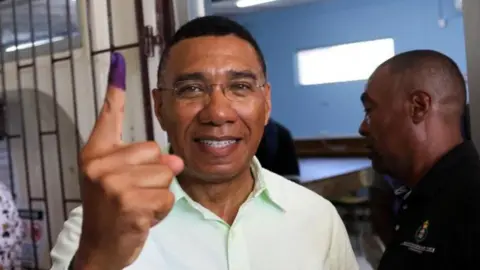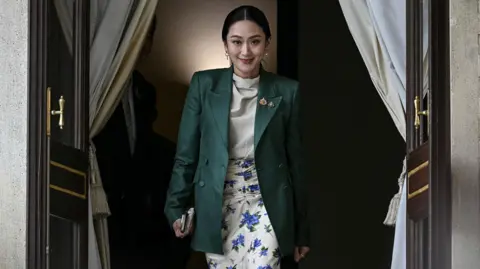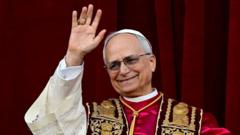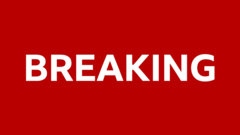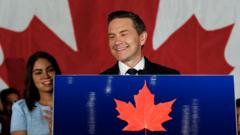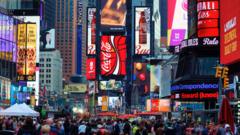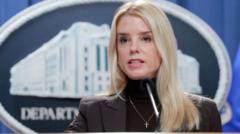Black smoke billowing from the chimney of the Sistine Chapel indicates an ongoing standoff in the papal conclave, as cardinals convene for a second day without selecting a new pope. The first round of voting on Wednesday concluded without a decision, triggering anticipation among the gathered crowd in St. Peter's Square, which was met with gasps and disappointment upon seeing the black smoke.
The conclave marks a momentous occasion; following the death of Pope Francis last month, this is the first gathering of its kind in over a decade, thrusting the spotlight on the 133 cardinals tasked with electing the new pontiff. The overwhelming diversity within this assembly—including many cardinals appointed by Francis—is expected to complicate consensus due to unfamiliarities and differing ideologies within the group.
Traditionally, a successful vote requires a two-thirds majority, and past conclaves have varied widely in duration—from just hours to nearly three years. As such, the process is tightly structured: votes are conducted in total secrecy, with results communicated via smoke signals: black for indecision, and white for election. With each passing hour, both the cardinals and the faithful are left in suspense.
In light of these developments, thoughts arise regarding the direction the new papacy may take. Some factions within the College of Cardinals are viewed as proponents of upholding Francis' legacy of inclusivity, while conservatives advocate a return to traditional values. The outcome hinges not only on theological considerations but also on the cardinal’s individual impressions of leadership needs for the Catholic Church as it stands today.
No definite timeline has been set regarding how long this conclave will last, but subsequent voting rounds are planned throughout the day. The global community watches with bated breath as this esteemed assembly endeavors to secure a consensus amidst complex theological and political dynamics.
The conclave marks a momentous occasion; following the death of Pope Francis last month, this is the first gathering of its kind in over a decade, thrusting the spotlight on the 133 cardinals tasked with electing the new pontiff. The overwhelming diversity within this assembly—including many cardinals appointed by Francis—is expected to complicate consensus due to unfamiliarities and differing ideologies within the group.
Traditionally, a successful vote requires a two-thirds majority, and past conclaves have varied widely in duration—from just hours to nearly three years. As such, the process is tightly structured: votes are conducted in total secrecy, with results communicated via smoke signals: black for indecision, and white for election. With each passing hour, both the cardinals and the faithful are left in suspense.
In light of these developments, thoughts arise regarding the direction the new papacy may take. Some factions within the College of Cardinals are viewed as proponents of upholding Francis' legacy of inclusivity, while conservatives advocate a return to traditional values. The outcome hinges not only on theological considerations but also on the cardinal’s individual impressions of leadership needs for the Catholic Church as it stands today.
No definite timeline has been set regarding how long this conclave will last, but subsequent voting rounds are planned throughout the day. The global community watches with bated breath as this esteemed assembly endeavors to secure a consensus amidst complex theological and political dynamics.








